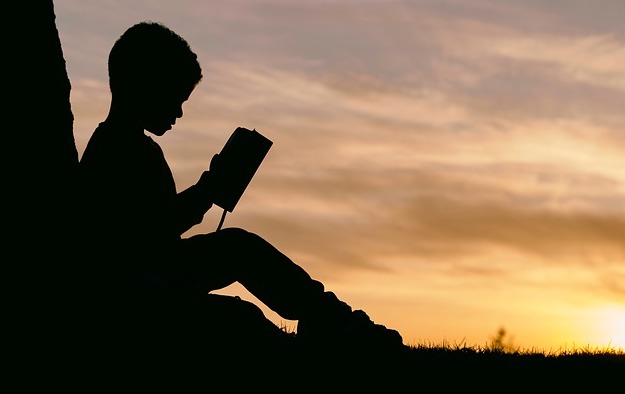Walking on a Rainbow - How I Became a Children’s Book Author
The world of children’s book publishing is extremely competitive, to say the least. It takes hard work, dedication, perseverance and commitment to become a published author...

I used to think writing children's books was boring. Writing for those demanding, whining creatures? Are you kidding? Not for me. No thanks.
That was a few years ago.
Now, nothing fills me with more joy and excitement than writing a picture book or a novel for tweens. Writing for children is like stepping into a fresh, magical, innocent, marvelous world of color and words. Writing for children is, in fact, like walking on a rainbow.
So how did the change happen?
Easy. I had children.
I recently read an interesting post by another children's author about how in order to write good children's stories, one must know children. Of course, as always, there are exceptions to the rule, but in general, I find this observation to be true. This doesn't necessarily mean that one must have children in order to write great children's stories, but it does mean that one must interact with them, know their fears, fantasies, dreams. In sum, one must have a clear idea of what goes on inside their little heads and hearts.
In my case, having children brought out a tender, gentler part of me to the surface, a part I didn't know I had. Suddenly, as I read to my little daughter every night, picture books, with their beautiful and evocative illustrations, began to appear very appealing to me. I don't remember when the exact moment happened, the moment when I thought, 'I want to write a children's book.' But I do know I went from extreme to extreme: from chilling horror to sweet picture books. Two very different worlds, but I'm able to switch from one to the other without much problem. On the contrary, each one serves as a refreshing break from the other. So I may work on a lovable children's story in the morning, and dive into a disturbing werewolf scene in the afternoon. It's fun, like having split personalities, without the crazy element (or at least, I hope so!).
So far, I've written four picture books. Two have already been published: The Magic Violin and CRASH! The other two are in the illustrating stages and will be released next year. I also have a finished tween novel in the editing stages and another one in progress.
The world of children's book publishing is extremely competitive, to say the least. It takes hard work, dedication, perseverance and commitment to become a published author. I know the stakes, but once you step into that magical rainbow, there's no turning back.
Read These Next
Media Coaching is Critical to Book Marketing and Book Publicity
Landing an interview is great, but authors must keep sight of the goal, which is not to get interviewed but to sell books. The skills needed to generate sales from interviews are best obtained through media coaching or media training.
Publishing Books in Times of Economic Uncertainty
Even when consumer spending goes down, it is possible for book publishers not only to survive but thrive. Previous economic downturns have shown that people continue to spend on entertainment. In fact, movie attendance actually spiked during the Great Depression. Some have attributed this to the need to escape bleak reality, and what’s better escapism than spending a few hours with a book?
Children’s Book Publishers - How to Wow Them With a Perfect Query Letter
In a perfect world, you’d be able to pitch your manuscript to an editor over a leisurely cup of coffee. But we’re forced to inhabit the real world, where you’ve got about 10 seconds to hook an editor before she decides to continue reading or reach for her form rejection slip. And more and more, this "hook" must come in the form of a query letter.






